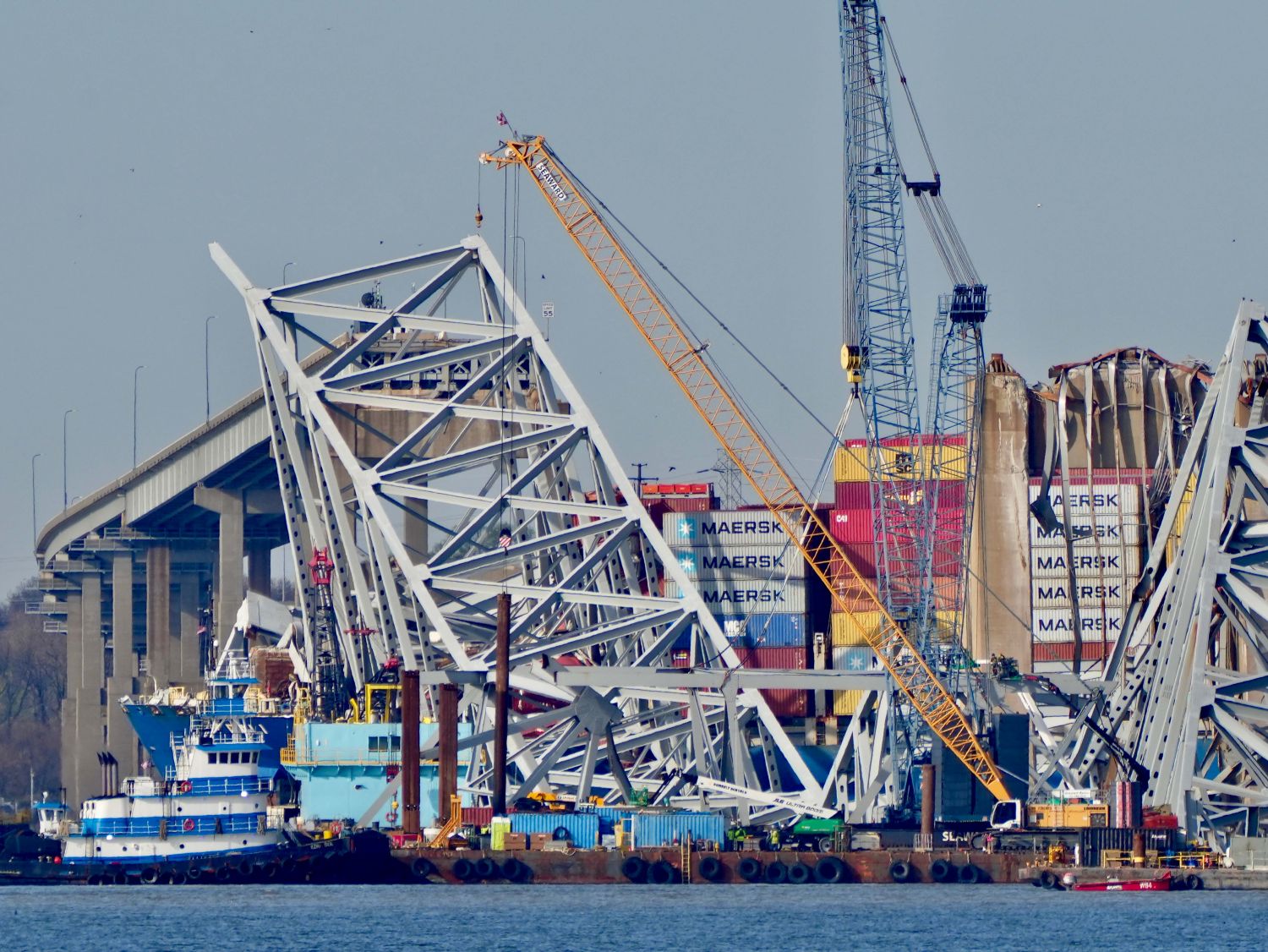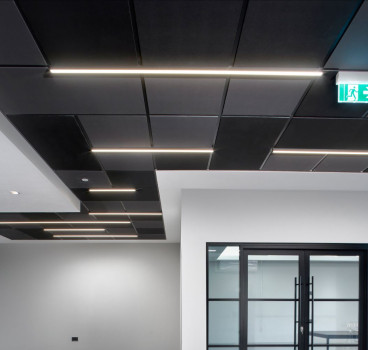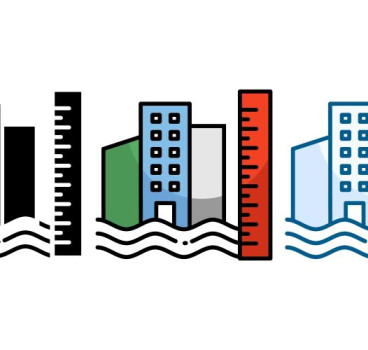Why poor infrastructure inspections are putting lives at risk
Imagine driving over a busy flyover, unaware that beneath your wheels, decades-old concrete is cracking, steel reinforcements are corroding and the structure is inching closer to failure. Now, imagine being told that this bridge - one you trust every day – was not being inspected as often as officials claimed. That is exactly what happened in Gateshead, UK, where a major flyover has been suddenly closed due to safety concerns over a deteriorating concrete pillar – and it is not an isolated incident – writes John Ridgeway.
To compound the problem the local council first assured the public that inspections were carried out weekly. Then, under the scrutiny of a Freedom of Information (FOI) request, they admitted that while assessments were regular, they were not necessarily happening every week.
This is a major concern and across the world, where infrastructure is failing under the weight of neglect, mismanagement and political convenience. We are sleepwalking into disaster, with roads, bridges and tunnels left unchecked for years - sometimes even decades—despite carrying thousands of vehicles and pedestrians daily according to some reports. The warning signs are everywhere, yet governments, councils and regulatory bodies continue to play a dangerous game of delay and denial.
How widespread is the problem?
If you think this is just a Gateshead issue, think again. The crisis of deteriorating infrastructure is a global one. In the United States, the American Society of Civil Engineers (ASCE) has been raising the alarm for years. Their 2021 report revealed that 7.5% of U.S. bridges (over 45,000) were classified as structurally deficient. The average age of bridges in the country is 44 years - nearing or surpassing their intended lifespan and the estimated backlog for bridge repair is a staggering $125 billion.
And it’s not just statistics—there have been real tragedies. In 2007, the I-35W bridge in Minneapolis collapsed, killing 13 people. In 2022, the Fern Hollow Bridge in Pittsburgh crumbled, cutting off a major transport route and in 2018, a pedestrian bridge in Miami collapsed onto traffic, killing six people. According to experts each of these incidents could have been prevented with better inspections, proactive maintenance and accountability.

In Europe the Genoa Bridge disaster in Italy (2018 and pictured above) was a stark wake-up call. The Morandi Bridge, a vital transport link, collapsed in seconds, sending cars and trucks plunging 150 feet. Forty-three people lost their lives, and it was later revealed that engineers had warned about structural weaknesses for years - yet nothing was done.
In the UK, the issue of deteriorating Reinforced Autoclaved Aerated Concrete (RAAC) has sparked nationwide concerns. Schools, hospitals and public buildings are at risk of sudden collapse, yet government action has been slow and disjointed.
Countries like India and China have experienced multiple flyover and bridge collapses due to rapid urban expansion. In many cases, corruption and substandard materials have been blamed. In 2016, a Kolkata flyover collapsed, killing 26 people, with the builders later admitting to cutting corners in construction.
Why are we missing out on critical inspections?
It seems governments are reluctant to spend money on infrastructure maintenance. Unlike flashy new projects, repairs don’t win elections. Politicians would rather cut the ribbon on a brand-new bridge than allocate funds to inspect and repair aging structures. Infrastructure maintenance often falls under multiple agencies, leading to finger-pointing and inaction. Local councils, national governments, and private contractors all have roles, yet accountability is weak.
As seen in Gateshead, authorities often overstate the frequency of inspections or fail to keep proper records. Some infrastructure is inspected based on outdated standards, while others simply fall through the cracks - literally. Furthermore, many of our bridges and flyovers were not designed for modern traffic loads. More vehicles, heavier trucks, and extreme weather events are accelerating wear and tear. Yet, inspections have not adapted to these new realities.
Who Is to Blame? There are many contenders. Governments and local authorities, must be up there for failing to prioritise safety and transparency. Private contractors must also share the blame because many repairs are outsourced to the lowest bidder, leading to substandard work.
Sadly, many agencies simply do not have the resources or authority to enforce necessary inspections and because infrastructure is not a hot political topic, there’s little public pressure for change - until disaster strikes.
But something must change because when inspections fail, people die and failing infrastructure also has economic consequences. Businesses suffer from transport disruptions. Home values near deteriorating structures plummet. And emergency closures cost millions in taxpayer money for last-minute fixes. And let’s not forget the psychological impact - would you feel safe commuting on a bridge you know has not been inspected for years?
We live in an era of smart technology, so why are we still relying on outdated inspection schedules? Many bridges worldwide still operate without real-time sensors that could detect stress fractures, vibrations and early signs of failure. Governments must mandate the use of structural health monitoring (SHM) systems. There also needs to be an independent national or international body responsible for bridge and flyover safety, with publicly accessible reports. No more hiding behind FOI requests.
Instead of waiting for bridges to collapse, governments must allocate sustained funding for proactive maintenance. A "Fix It First" policy should take priority over new projects. The public also needs to be engaged. If you notice cracks, rusting, or unusual vibrations on a bridge, there should be a simple way to report concerns. Governments should encourage crowdsourced infrastructure monitoring.
We can’t afford to wait for the next bridge collapse or flyover failure before taking action. Gateshead’s flyover closure is just one symptom of a larger crisis - one that spans continents and continues to put millions of lives at risk every day. It’s time for real change. No more delays. No more denials. No more disasters waiting to happen. The world’s infrastructure is in a fragile state and unless we act now, we’ll all be paying the price sooner rather than later.
Your company can be featured in our global news feed - just click Hubbub
Additional Blogs

When fire breaks out who really knows the system
The story that caught my attention recently wasn’t about fire growth or building loss, it was about confusion. Specifically, the confusion faced by the fire service when arriving at buildings...
Read moreThe design and development of Nexus Layouts
When Zentia set out to rethink the suspended ceiling, the brief was clear: deliver greater creative freedom for designers, more distinctive visual identity for clients, and a solution that could keep...
Read more

The 100-year construction project or why longevity Is the new sustainability
For decades, the construction sector has defined sustainability through metrics such as operational energy, embodied carbon, material efficiency and circularity. These measures remain vital, but a...
Read more